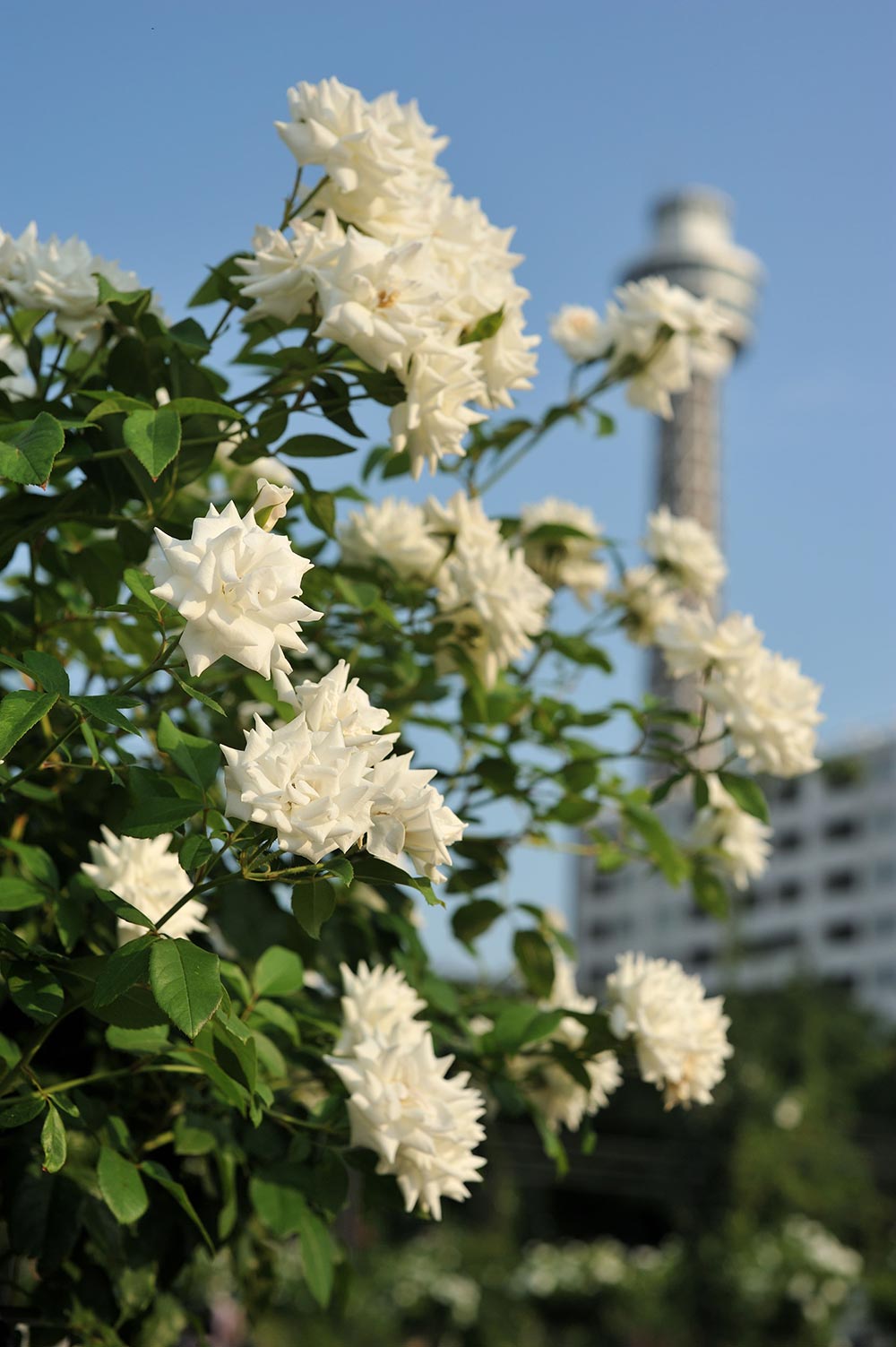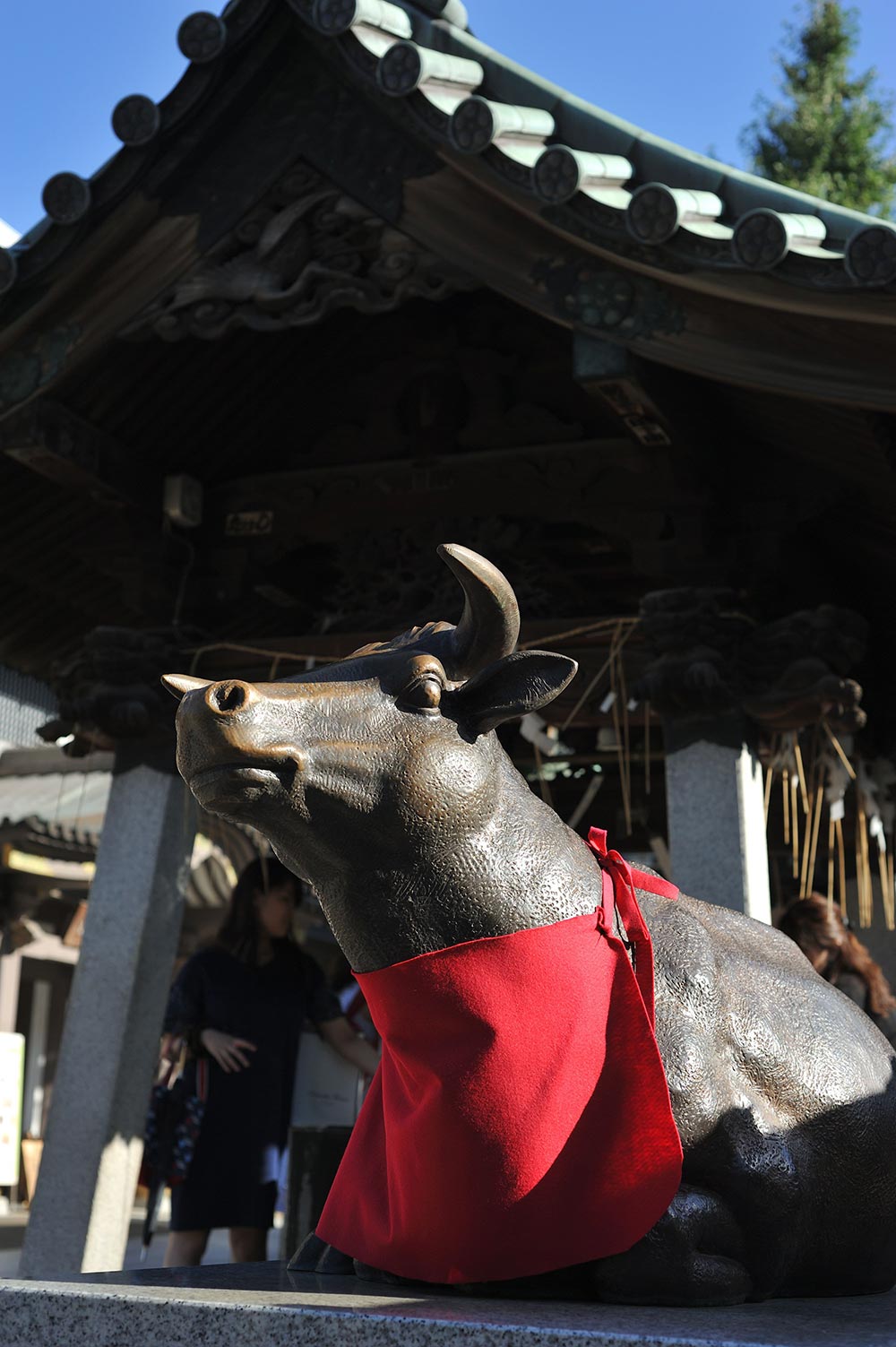NIKKOR - The Thousand and One Nights No.60

AI NIKKOR 50mm f/1.8S
Tale 60 introduces the AI Nikkor 50mm f/1.8S, a lens developed while Mr. Nakano was active as the designer of the Nikon F3.
by Kouichi Ohshita
The NIKKOR The Thousand and One Nights series got its start in a NIKKOR Club bulletin in 1998. 2017 will mark the 20th anniversary of the launch of the series. The objective behind the series was to portray the lens designer's thoughts and intentions, which help to form the character of each lens, as well as to increase readers' familiarity with NIKKOR lenses. It was my association with Mr. Yoshiyuki Nakano, who was developing the flagship F-series cameras at the time that led to the launch of this series. Mr. Nakano was Mr. Tsukamoto's superior. You'll remember Mr. Tsukamoto as the developer of Nikon's Fun Fun LensSet introduced with Tale 52. I became somewhat known to Mr. Nakano, and Haruo Sato and I would sometimes visit their office to talk about cameras with them. To this day, I remember well Mr. Nakano explaining how much simpler the F3 shutter mechanism was than with the F2, which made smoother film winding possible with the F3, and how beautiful his quick perspective drawing of the camera's internal mechanisms was, and how his eyes shone as he drew it. He knew the ins and outs of various camera mechanisms so well that he could clearly and beautifully draw them without even looking at them. He was so knowledgeable that no matter what the question, he always knew the answer.
It was just after the release of the Nikon Fun Fun LensSet that Mr. Nakano asked me if I wouldn't like to create a series about lenses for the NIKKOR Club. At first I was surprised, but Mr. Nakano's enthusiasm was contagious. He told me, "We've had a series about cameras, but I really think that a series by an active lens designer would be well received!" I accepted, telling him that I thought I could manage a series comprised of a new article every six months. When I think that the series has been so well received for twenty years now, I can't help but be grateful to Mr. Nakano for the wonderful opportunity he gave me. His is a leading role in the story of the NIKKOR The Thousand and One Nights.
Please accept my apologies for such a long introduction! Tale 60 introduces the AI Nikkor 50mm f/1.8S, a lens developed while Mr. Nakano was active as the designer of the Nikon F3.
I. The Nikon EM and Series E Lenses
At the end of the 1970s, when the Nikon F3 was being developed, Nikon was also developing another SLR camera. That camera was the Nikon EM, released in 1980 at the same time as the Nikon F3 (the EM was released in 1979 in some regions). It was a model strategically developed for entry-level users, and it was smaller than the Nikon FM, released in 1978, and the Nikon FE, released in 1979. Development of the Nikon Series E began with the goal of producing a line of lenses suited to the compact size and light weight of the very reasonably priced Nikon EM. A 50mm f/1.8 lens was developed as part of the Series E lineup.
As this lens was not sold in Japan, many readers may wonder what I'm talking about. However, the Series E 50mm f/1.8, sold in some regions including the U.S., and the AI Nikkor 50mm f/1.8S were actually sister lenses designed with the same basic optics, but different outward appearance and coatings.
II. Mr. Souichi Nakamura
The AI Nikkor 50mm f/1.8S was designed by Mr. Souichi Nakamura who was first introduced in Tale 15 of NIKKOR The Thousand and One Nights. When I first joined the company, Mr. Nakamura was the assistant department manager of the optical department. He would sometimes come to our office and ask even young employees like me how things were going. The Nikon Fun Fun LensSet, covered in Tales 52 and 54, set the stage for something I'll never forget about Mr. Nakamura. These lenses were released in December, 1995. Five years later, in September, 2000, updated versions of the lenses with new exteriors were released by Nikon Technical Factory. The optics in the updated lenses were designed by Mr. Nakamura, who had moved to Nikon Technical Factory. I remember how much he enjoyed telling me, while looking at the trial products, that he'd struggled to change the designs because the glass Mr. Ohshita had used was no longer available. Supposing that this would be his last project at Nikon, he worked with great passion on designs for the lenses until his retirement.
Now back to the topic of this Tale... There were three issues with the AI Nikkor 50mm f/1.8S. It had to be compact, inexpensive, and offer excellent performance. Although the lens design would also be used for the Series E, it had to offer a level of performance equal to or better than that of previous lenses.
As far as compact and inexpensive goes, the 50mm f/2 produced since the Nikkor Auto days comes to mind, but a maximum aperture of f/1.8 had become the norm with 50mm lenses at the time. Therefore, changing the exterior of an f/2 lens with no competitive strength was not an option. In addition, the lens Mr. Nakamura was striving for would have a shorter total length than the 50mm f/2.
III. The AI Nikkor 50mm f/1.8S


How did Mr. Nakamura solve these problems? Fig. 1 is a cross-section of the AI Nikkor 50mm f/1.8S. It has the so-called Gauss-type structure. Another lens that utilizes the same Gauss-type structure and offers similar specifications is the AI Nikkor 50mm f/2 introduced in Tale 2. Fig. 2 is a cross-section of that lens provided for reference purposes. In comparing the two structures, it is immediately clear that with the AI Nikkor 50mm f/1.8S, there is less curvature of the concave surfaces of the lens elements between which the aperture is sandwiched, and that the aperture space is quite narrow. This is a primary feature of this lens.
With Gauss-type lenses, the goal is good compensation for aberration by having the two convex lens elements positioned farther forward than the aperture condense light from the subject and then guide it to the concave meniscus lens elements in front of and behind the aperture. In other words, light rays must be "constricted" by the aperture. Conventionally, it was thought that some distance was required between the front element and the aperture. The Gauss-type structure was considered an unsuitable optical system for smaller lenses because it is a symmetrical structure that requires the same amount of distance behind the aperture as in front of it.
Mr. Nakamura paid no attention to conventional wisdom regarding selection of lens type. He narrowed the aperture space and made the second and fifth lens elements thinner. Mr. Nakamura probably thought that this would be advantageous in providing the back focus required by SLR cameras, and that the flexibility he achieved could be used to compensate for aberrations. It turns out that his intuition was spot on. By making the lens slimmer, he could further reduce the curvature of each lens element, which also reduced coma and flare. This is how Mr. Nakamura was able to achieve a "pancake" 50mm f/1.8 lens with a total length 3 mm shorter than the 50mm f/2.
IV. Lens rendering

D700 and AI Nikkor 50mm f/1.8S, f/8, ISO 200, aperture-priority auto, processed with Capture NX-D

D700 and AI Nikkor 50mm f/1.8S, f/5.6, ISO 200, aperture-priority auto, processed with Capture NX-D

D700 and AI AF Nikkor 50mm f/1.8D, f/4.5, ISO 200, aperture-priority auto, processed with Capture NX-D
As always, let's take a look at this lens' rendering characteristics. One of its most notable characteristics is its lack of distortion. There is only 0.1% distortion of objects positioned at infinity, and just 1% for objects at the minimum focus distance, where the most distortion occurs. There is also very little lateral chromatic aberration. Sample 1 is a photo of Tokyo Station shot with aperture stopped down to f/8. Straight lines remain straight, and rendering is quite good all the way to the edges of the frame.
Sample 2 is a photo of roses captured with the aperture stopped down to f/5.6. The photo exhibits natural blending between in-focus and slightly out-of-focus portions, and blurring of the Yokohama Marine Tower in the background meets expectations.
Sample 3 is a photo of a bronze bull at Yushima Tenman-gu taken with the aperture stopped down to about f/4. The best thing about this lens is the reliable rendering it achieves when the aperture is stopped down a little. It can capture any subject beautifully. This sample image shows how the lens is able to reproduce even the metallic texture of the bronze bull. Lenses that exhibit as little coma flare as possible are suited to the reproduction of metallic textures, showing one of the primary features of this lens when the aperture is stopped down.

D700 and AI Nikkor 50mm f/1.8S, f/1.8, ISO 200, aperture-priority auto, processed with Capture NX-D

D700 and AI Nikkor 50mm f/1.8S, f/4, ISO 200, aperture-priority auto, processed with Capture NX-D
How, though, is rendering at the maximum aperture of f/1.8? Sample 4 is a photo of roses captured at the maximum aperture of f/1.8. Compared to previous sample images, rendering is slightly softer, and there is some faint flare around the rose at the center of the frame, where focus was acquired. This also tends to occur with distant landscapes. While resolution in images captured at the maximum aperture of f/1.8 seems to be fairly high all the way to the edges of the frame, there is a certain degree of flare, and peripheral illumination falloff also becomes noticeable. Stopping down the aperture to f/2.8 reduces the sense of flare in important parts of the frame, and also increases contrast. An aperture setting of f/4 eliminates shadows caused by vignetting for a consistent level of brightness to the edges of the frame, and enables high-contrast rendering throughout the entire frame. Further, high-resolution rendering throughout the entire frame can be achieved with aperture settings of f/5.6 to f/8. I really hope that those who own the lens will play with it a little and experience for themselves just how much rendering characteristics vary depending upon the aperture setting.
Sample 5 was taken at an aperture setting of f/4. It is provided to show the differences in rendering achieved at a setting of f/1.8 (Sample 4) and f/4. With the aperture stopped down to f/4, contrast is increased, and the roses are more properly rendered. However, I think that compared to Sample 5, the sense of flare exhibited by Sample 4 makes the rose petals appear softer, and the peripheral illumination falloff effectively emphasizes the roses at the center of the frame. Perhaps these effects are desirable in such situations.
There are also differences in the way blur is rendered in Samples 4 and 5. With this lens, the closer the subject, the more coma in the outer direction occurs. Therefore, because there are some edges to blurred portions of images captured at maximum aperture, double-line blur may occur with some scenes, and blending between in-focus portions and out-of-focus portions may not always be natural. However, Sample 5, taken at f/4, shows how coma elements are eliminated for more natural blur characteristics when the aperture is stopped down. Which do you prefer?

This lens, released in 1980 to coincide with release of the Nikon EM (released in 1979 as a Nikon Series E lens), has been a favorite of many users for its slimness and superior rendering capabilities. It also contributed to the appeal of the EM series. What's more the same basic optical design was reborn as the AI AF Nikkor 50mm f/1.8S (coatings and such were modified), and is still available today (2016) in the AI AF NIKKOR 50mm f/1.8D. When this lens was reborn as an AF lens, it lost its slim, pancake design, but its rendering characteristics remain the same (Sample 3 was actually captured with the AF-D lens). If we compare performance to the latest AF-S NIKKOR 50mm f/1.8G, we find that while contrast and sharpness are not as good at maximum aperture, there is very little distortion. Further, very similar rendering characteristics can be achieved by stopping down the aperture. Differences in rendering characteristics that occur in accordance with the aperture setting make this a lens that can be enjoyed for its uniqueness.

NIKKOR - The Thousand and One Nights
The history of Nikon cameras is also that of NIKKOR lenses. This serial story features fascinating tales of lens design and manufacture.

